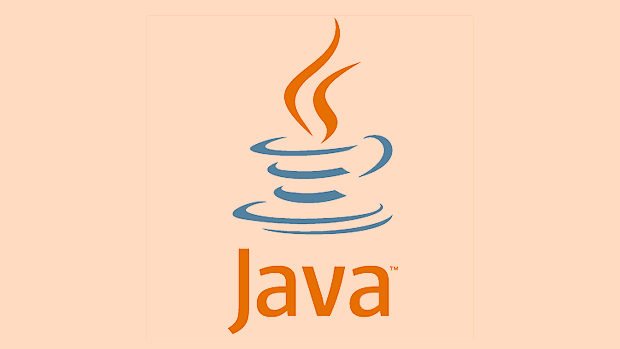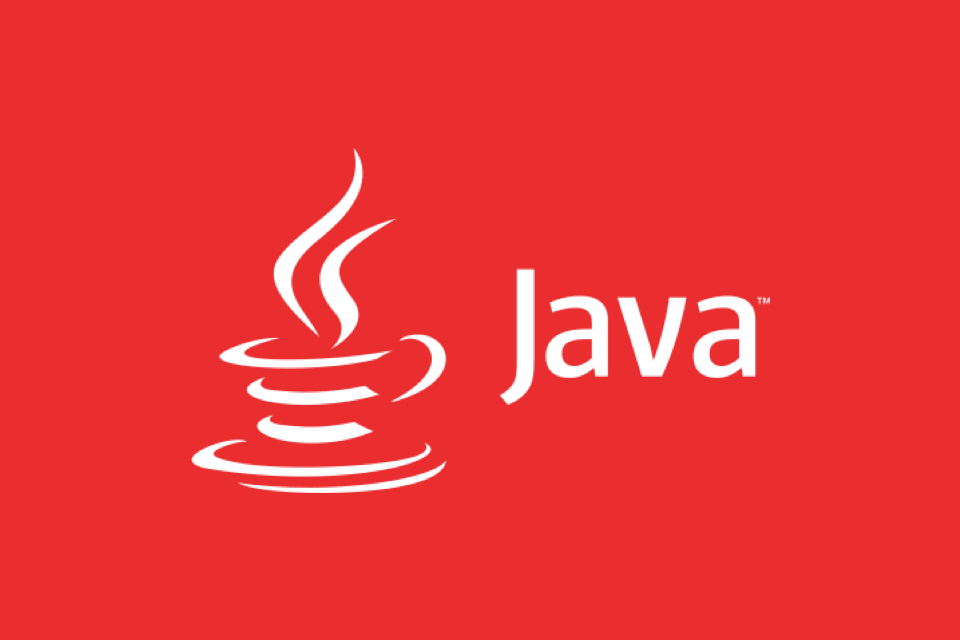When using double check lock to implement lazy loading singletons, the volatile keyword is required to ensure thread visibility and prevent instruction re-arrangement; 2. It is recommended to use static internal classes (Bill Pugh scheme) to implement thread-safe lazy loading singletons, because the JVM ensures thread safety and no synchronization overhead; 3. If lazy loading is not required, a static constant can be used to implement simple and efficient singletons; 4. When serialization is involved, enumeration should be used because it can naturally prevent multiple instance problems caused by reflection and serialization; in summary, static internal classes are preferred in general scenarios, and enumeration is selected for serialization scenarios. Both have the advantages of thread safety, high performance and concise code.

Implementing a thread-safe singleton in Java is a common requirement in multi-threaded applications where you want to ensure that only one instance of a class exists and that it's safely accessible across multiple threads. Here's how to do it properly using different approaches, each with its own trade-offs.

1. Lazy Initialization with Double-Checked Locking
This approach creates the instance only when needed (lazy loading) and ensures thread safety with minimal performance overhead after the first creation.
public class Singleton {
// Volatile ensures visibility across threads
private static volatile Singleton instance;
private Singleton() {
// Prevent instantiation via reflection
if (instance != null) {
throw new RuntimeException("Use getInstance() method to create instance.");
}
}
public static Singleton getInstance() {
if (instance == null) { // First check (no lock)
synchronized (Singleton.class) {
if (instance == null) { // Second check (with lock)
instance = new Singleton();
}
}
}
return instance;
}
}Key Points:

-
volatilekeyword prevents instructions reordering and ensures that changes toinstanceare immediately visible to all threads. - The first
nullcheck avoids synchronization after the instance is created. - Double-checked locking reduces the overhead of acquiring a lock every time
getInstance()is called.
?? Without
volatile, this pattern can fail due to memory model issues — one thread might see a partially constructed object.
2. Static Inner Class (Bill Pugh Solution)
This is the most widely recommended approach for lazy, thread-safe singletons without synchronization overhead.

public class Singleton {
private Singleton() {
if (InstanceHolder.INSTANCE != null) {
throw new RuntimeException("Use getInstance() method.");
}
}
public static Singleton getInstance() {
return InstanceHolder.INSTANCE;
}
// Inner static class is not loaded until referenced
private static class InstanceHolder {
private static final Singleton INSTANCE = new Singleton();
}
}Why it works:
- The inner class
InstanceHolderis loaded only whengetInstance()is called. - JVM guaranteees that class initialization is thread-safe.
- No need for
synchronizedorvolatile. - Lazy loading is achieved naturally.
? This is clean, efficient, and recommended for most use cases.
3. Eager Initialization (Simple but Not Lazy)
If you don't need lazy loading, this is the simplest and thread-safe way.
public class Singleton {
private static final Singleton INSTANCE = new Singleton();
private Singleton() {}
public static Singleton getInstance() {
return INSTANCE;
}
}Pros:
- Simple and inherently thread-safe.
- No synchronization needed.
Cons:
- Instance is created at class loading time, even if never used.
Use this only if the cost of instantiation is low or guaranteed to be used.
4. Using Enum (Best for Serialization Safety)
Joshua Bloch in Effective Java recommends this approach, especially if serialization is involved.
public enum Singleton {
INSTANCE;
public void doSomething() {
// Your method logic
}
}Advantages:
- Automatically thread-safe.
- Prevents multiple instantiation via reflection, serialization, or deserialization.
- Very concise.
Use case: When you want to be 100% safe from multiple instances in complex environments (eg, with serialization or reflection).
Common Pitfalls to Avoid
? Basic lazy initialization without synchronization :
public static Singleton getInstance() { if (instance == null) { instance = new Singleton(); // Not thread-safe! } return instance; }This can result in multiple instances if two threads enter the block simultaneously.
? Synchronizing the whole method (inefficient):
public static synchronized Singleton getInstance() { if (instance == null) { instance = new Singleton(); } return instance; }This works but causes performance bottlenecks — synchronization is needed only once.
Final Recommendations
Use Case Recommended Approach General-purpose lazy singleton Static inner class Serialization involved Enum singleton Simple, early initialization Eager initialization Need fine-grained control (rare) Double-checked locking
Basically, use the static inner class approach unless you're dealing with serialization — then go with enum . Both are thread-safe, clean, and perform.
The above is the detailed content of Implementing a Thread-Safe Singleton in Java. For more information, please follow other related articles on the PHP Chinese website!

Hot AI Tools

Undress AI Tool
Undress images for free

Undresser.AI Undress
AI-powered app for creating realistic nude photos

AI Clothes Remover
Online AI tool for removing clothes from photos.

Clothoff.io
AI clothes remover

Video Face Swap
Swap faces in any video effortlessly with our completely free AI face swap tool!

Hot Article

Hot Tools

Notepad++7.3.1
Easy-to-use and free code editor

SublimeText3 Chinese version
Chinese version, very easy to use

Zend Studio 13.0.1
Powerful PHP integrated development environment

Dreamweaver CS6
Visual web development tools

SublimeText3 Mac version
God-level code editing software (SublimeText3)

Hot Topics
 Differences Between Callable and Runnable in Java
Jul 04, 2025 am 02:50 AM
Differences Between Callable and Runnable in Java
Jul 04, 2025 am 02:50 AM
There are three main differences between Callable and Runnable in Java. First, the callable method can return the result, suitable for tasks that need to return values, such as Callable; while the run() method of Runnable has no return value, suitable for tasks that do not need to return, such as logging. Second, Callable allows to throw checked exceptions to facilitate error transmission; while Runnable must handle exceptions internally. Third, Runnable can be directly passed to Thread or ExecutorService, while Callable can only be submitted to ExecutorService and returns the Future object to
 Asynchronous Programming Techniques in Modern Java
Jul 07, 2025 am 02:24 AM
Asynchronous Programming Techniques in Modern Java
Jul 07, 2025 am 02:24 AM
Java supports asynchronous programming including the use of CompletableFuture, responsive streams (such as ProjectReactor), and virtual threads in Java19. 1.CompletableFuture improves code readability and maintenance through chain calls, and supports task orchestration and exception handling; 2. ProjectReactor provides Mono and Flux types to implement responsive programming, with backpressure mechanism and rich operators; 3. Virtual threads reduce concurrency costs, are suitable for I/O-intensive tasks, and are lighter and easier to expand than traditional platform threads. Each method has applicable scenarios, and appropriate tools should be selected according to your needs and mixed models should be avoided to maintain simplicity
 Understanding Java NIO and Its Advantages
Jul 08, 2025 am 02:55 AM
Understanding Java NIO and Its Advantages
Jul 08, 2025 am 02:55 AM
JavaNIO is a new IOAPI introduced by Java 1.4. 1) is aimed at buffers and channels, 2) contains Buffer, Channel and Selector core components, 3) supports non-blocking mode, and 4) handles concurrent connections more efficiently than traditional IO. Its advantages are reflected in: 1) Non-blocking IO reduces thread overhead, 2) Buffer improves data transmission efficiency, 3) Selector realizes multiplexing, and 4) Memory mapping speeds up file reading and writing. Note when using: 1) The flip/clear operation of the Buffer is easy to be confused, 2) Incomplete data needs to be processed manually without blocking, 3) Selector registration must be canceled in time, 4) NIO is not suitable for all scenarios.
 Best Practices for Using Enums in Java
Jul 07, 2025 am 02:35 AM
Best Practices for Using Enums in Java
Jul 07, 2025 am 02:35 AM
In Java, enums are suitable for representing fixed constant sets. Best practices include: 1. Use enum to represent fixed state or options to improve type safety and readability; 2. Add properties and methods to enums to enhance flexibility, such as defining fields, constructors, helper methods, etc.; 3. Use EnumMap and EnumSet to improve performance and type safety because they are more efficient based on arrays; 4. Avoid abuse of enums, such as dynamic values, frequent changes or complex logic scenarios, which should be replaced by other methods. Correct use of enum can improve code quality and reduce errors, but you need to pay attention to its applicable boundaries.
 How Java ClassLoaders Work Internally
Jul 06, 2025 am 02:53 AM
How Java ClassLoaders Work Internally
Jul 06, 2025 am 02:53 AM
Java's class loading mechanism is implemented through ClassLoader, and its core workflow is divided into three stages: loading, linking and initialization. During the loading phase, ClassLoader dynamically reads the bytecode of the class and creates Class objects; links include verifying the correctness of the class, allocating memory to static variables, and parsing symbol references; initialization performs static code blocks and static variable assignments. Class loading adopts the parent delegation model, and prioritizes the parent class loader to find classes, and try Bootstrap, Extension, and ApplicationClassLoader in turn to ensure that the core class library is safe and avoids duplicate loading. Developers can customize ClassLoader, such as URLClassL
 Exploring Different Synchronization Mechanisms in Java
Jul 04, 2025 am 02:53 AM
Exploring Different Synchronization Mechanisms in Java
Jul 04, 2025 am 02:53 AM
Javaprovidesmultiplesynchronizationtoolsforthreadsafety.1.synchronizedblocksensuremutualexclusionbylockingmethodsorspecificcodesections.2.ReentrantLockoffersadvancedcontrol,includingtryLockandfairnesspolicies.3.Conditionvariablesallowthreadstowaitfor
 Handling Common Java Exceptions Effectively
Jul 05, 2025 am 02:35 AM
Handling Common Java Exceptions Effectively
Jul 05, 2025 am 02:35 AM
The key to Java exception handling is to distinguish between checked and unchecked exceptions and use try-catch, finally and logging reasonably. 1. Checked exceptions such as IOException need to be forced to handle, which is suitable for expected external problems; 2. Unchecked exceptions such as NullPointerException are usually caused by program logic errors and are runtime errors; 3. When catching exceptions, they should be specific and clear to avoid general capture of Exception; 4. It is recommended to use try-with-resources to automatically close resources to reduce manual cleaning of code; 5. In exception handling, detailed information should be recorded in combination with log frameworks to facilitate later
 How does a HashMap work internally in Java?
Jul 15, 2025 am 03:10 AM
How does a HashMap work internally in Java?
Jul 15, 2025 am 03:10 AM
HashMap implements key-value pair storage through hash tables in Java, and its core lies in quickly positioning data locations. 1. First use the hashCode() method of the key to generate a hash value and convert it into an array index through bit operations; 2. Different objects may generate the same hash value, resulting in conflicts. At this time, the node is mounted in the form of a linked list. After JDK8, the linked list is too long (default length 8) and it will be converted to a red and black tree to improve efficiency; 3. When using a custom class as a key, the equals() and hashCode() methods must be rewritten; 4. HashMap dynamically expands capacity. When the number of elements exceeds the capacity and multiplies by the load factor (default 0.75), expand and rehash; 5. HashMap is not thread-safe, and Concu should be used in multithreaded






